The University of Chicago Press, Chicago 60637
The University of Chicago Press, Ltd., London
2000 by The University of Chicago
All rights reserved. Published 2000
Paperback edition 2003
Printed in the United States of America
09 08 07 06 05 04 03 2 3 4 5
ISBN: 978-0-226-15825-9 (e-book)
ISBN: 0-226-74410-8 (cloth)
ISBN: 0-226-74411-6 (paperback)
Library of Congress Cataloging-in-Publication Data
Secord, James A.
Victorian sensation : the extraordinary publication, reception, and secret authorship of Vestiges of the natural history of creation / James A. Secord.
p. cm.
Includes bibliographical references (p. ) and index.
ISBN 0-226-74410-8 (cloth : alk. paper)
1. Chambers, Robert, 18021871. Vestiges of the natural history of creation. I. Title.
QH363.S4 2000
576.8'0941'09034dc21
00-009124
 The paper used in this publication meets the minimum requirements of the American National Standard for Information SciencesPermanence of Paper for Printed Library Materials, ANSI Z39.48-1992.
The paper used in this publication meets the minimum requirements of the American National Standard for Information SciencesPermanence of Paper for Printed Library Materials, ANSI Z39.48-1992.
VICTORIAN SENSATION
The Extraordinary Publication, Reception, and Secret Authorship of Vestiges of the Natural History of Creation
JAMES A. SECORD
THE UNIVERSITY OF CHICAGO PRESS
Chicago and London
In memory of my parents
CONTENTS
ILLUSTRATIONS
ACKNOWLEDGMENTS
The writing and researching of this book have occupied a large part of my life, and it is impossible to acknowledge adequately the generous help of all those who have made it possible. My parents, Jane and John Secord, encouraged me in every way and fostered my own love of reading, not least during my childhood by putting a pile of library books by my bedside each week. My mother-in-law and much-missed friend Rita Goldhill and I talked about my hopes for the book on many occasions, and I will always remember the great day I was able to show her a completed typescript.
A number of institutions provided the support without which a big project of this kind cannot be contemplated. I am grateful to Churchill College, Cambridge, for appointing me to a Junior Research Fellowship from 1982 to 1985; to the Royal Society of London for travel funds in the early stages of my research; to a Wellcome Trust Research Leave Fellowship in 198990; and to the British Academy for a terms leave in 1998 that made it possible to complete the first draft.
The Department of History and Philosophy of Science at Cambridge is an exceptionally stimulating place to do interdisciplinary research. I wish especially to thank Nick Jardine, Martin Kusch, and Simon Schaffer for sharpening my analysis at crucial points in the writing; Soraya de Chadarevian, Andrew Cunningham, Marina Frasca-Spada, Silvia De Renzi, Patricia Fara, John Forrester, Nick Hopwood, Lauren Kassell, and Sachiko Kusukawa for probing questions and comments; and Peter Lipton, for creating an environment in which dialogue between historians and philosophers can flourish. Tamara Hug, David Allington, and John McWilliams have made the Department as efficient as it is lively and friendly. The approach taken in this book has been shaped by working in close proximity to the collections of the Whipple Museum under the successive curatorships of Jim Bennett and Liba Taub. Catriona West and Paul Webb, both of the museum staff, helped to prepare two especially recalcitrant illustrations. Rebecca Bertelloni Meli, Linda Washington, and Joanna Ball have made the Whipple Library a model of what a departmental collection should be.
I am much obliged to the many friends who have followed this book through its long gestation. My interest in the topic was stimulated by a copy of the third edition of Vestiges given to me by John Thackray, who provided much help before his untimely death. I am especially glad to thank Adrian Desmond for his encouragement, patience, and generosity. He performed the herculean task of reading the entire manuscript twice, and his perceptive comments transformed the structure of the finished book. Alison Winter has shared my enthusiasm for the early Victorian period and helped to change the way I think about it. In countless conversations, Jon Topham and Aileen Fyfe have given my successive drafts the benefit of their knowledge of early nineteenth-century publishing and religious history. Exceptionally helpful comments on the entire manuscript were also provided by Bernard Lightman, John van Wyhe, and the referees for the University of Chicago Press. Boyd Hilton, Jack Morrell, and Paul White cast a critical eye over several chapters, which have been much improved as a result. Rebecca Stott, Leah Price, Marilyn Butler, and Susan Bernstein provided invaluable guidance in literary history.
Many others commented on individual chapters, gave advice on special points, or provided important references. Among those whose help I wish to acknowledge are Katharine Anderson, Jean Archibald, William Ashworth, William J. Astore, Henry Atmore, Emm Barnes, Anne Barrett, Mary Bartley, Gillian Beer, John Beer, Michael Bott, Peter Bowler, William H. Brock, John Brooke, Iain Brown, Janet Browne, Jane Camerini, Geoffrey Cantor, James Chandler, Pamela Clark, Roger Cooter, Pietro Corsi, Robert Cox, John Creasey, Dennis Dean, Margaret De Mott, Susan Dench, Brian Dolan, Felix Driver, Simon Eliot, James Endersby, Sophie Forgan, Robert Fox, V. A. C. Gatrell, Patricia Gilhoulie, Jan Golinski, Lyubov Gurjeva, Beryl Hartley, Catherine Hemsley, Leslie Howsam, Frank James, Adrian Johns, Ludmilla Jordanova, Alice Beck Kehoe, David Knight, David Kohn, Kevin Knox, Trevor Levere, Eileen Groth Lyon, Sheila Mackenzie, Peter Mandler, James Moore, Iwan Rhys Morus, Ian Nelson, Christine North, Dorinda Outram, John Pick-stone, Roy Porter, Theodore Porter, Philip F. Rehbock, Evelleen Richards, Marsha Richmond, Harriet Ritvo, Eugenia Roldan-Vera, Ulinka Rublack, Martin Rudwick, Nicolaas Rupke, Steven Shapin, Michael Shortland, Sujit Sivasundaram, Helen Smailes, Helen Small, Crosbie Smith, Emma Spary, David H. Staum, Joan Steigerwald, Ann Thwaite, Hugh Torrens, Sarah Wilmot, Carla Yanni, and Richard Yeo. Milton Millhausers work on Vestiges and Sondra Miley Cooneys study of the Chambers publishing firm offered treasure troves of references. My students, both postgraduate and undergraduate, have contributed in many ways to this work, and have been remarkably tolerant of a supervisor who must often have seemed lost in the 1840s.
I have benefited greatly from invitations to present my ideas at conferences and seminars. At a critical stage of revision, several chapters were discussed in lively sessions at the Evolution Reading Group organized by Greg Radick at Cambridge. An abridged version of in History, Humanity, and Evolution, ed. James R. Moore (Cambridge University Press, 1989).
A project such as this one involves sifting through tens of thousands of printed, microfilm, and manuscript records, only a fraction of which yield relevant material. Inevitably, such a procedure places exceptional demands on librarians and archivists. I wish to thank in particular the two collections I have relied upon most: the National Library of Scotland, with its unrivaled collections of relevant manuscript material; and, above all, Cambridge University Library, the staff of which has been unfailingly helpful in dealing with a never-ending stream of request slips.
I owe a special thanks to Anthony S. Chambers, whose generous deposit of his family and business papers in the National Library of Scotland has made this important collection freely available to scholars. I am grateful to Mr. Chambers for permission to quote from these papers, his assistance with queries, and his warm hospitality. I am also extremely grateful to Sir Mark Norman for information on the contents of his collection of Chambers family papers, and for his generosity in allowing me to consult them.
Next page


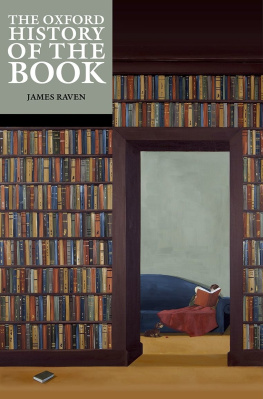
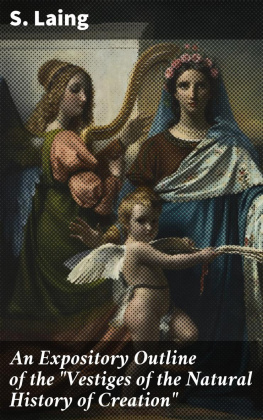
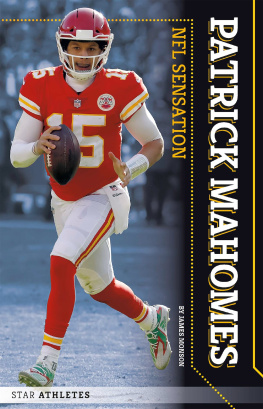
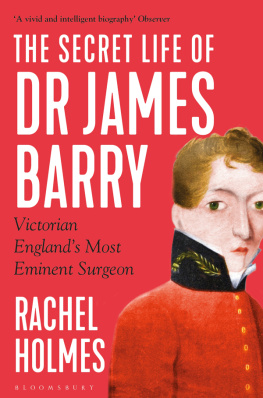
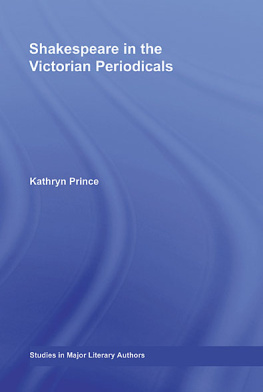
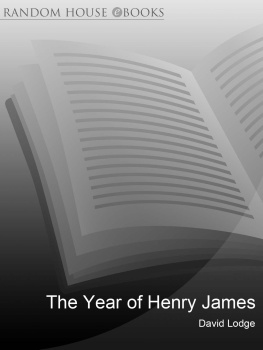
 The paper used in this publication meets the minimum requirements of the American National Standard for Information SciencesPermanence of Paper for Printed Library Materials, ANSI Z39.48-1992.
The paper used in this publication meets the minimum requirements of the American National Standard for Information SciencesPermanence of Paper for Printed Library Materials, ANSI Z39.48-1992.